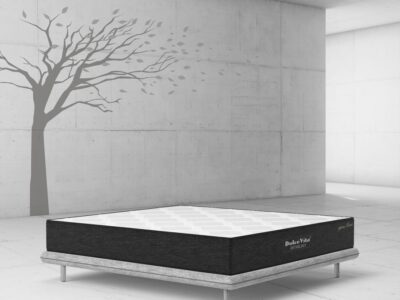
In recent years, the concept of anti-suicide chairs has gained attention as a critical intervention in preventing tragic incidents. These specialized chairs are designed with unique features aimed at reducing the risk of self-harm in vulnerable individuals, particularly in public and institutional settings.
Understanding the Need for Anti-Suicide Chairs
The need for anti-suicide chairs arises from the alarming rates of suicide and attempted suicide globally. Public spaces such as hospitals, prisons, and transportation hubs often witness such incidents, prompting authorities to seek effective preventive measures.
What are Anti-Suicide Chairs?
Anti-suicide chairs are purpose-built seating solutions engineered to deter self-harm attempts. They typically feature robust materials and designs that minimize the risk of using the chair for suicidal purposes. Some common design elements include:
- Heavy-duty Construction: Built from strong materials that are resistant to tampering and damage.
- Minimal Ligature Points: Design considerations to eliminate or reduce potential attachment points for ropes or cords.
- Comfort and Safety: Balancing safety features with ergonomic comfort for intended use.
Effectiveness in Real-World Applications
Studies and real-world applications have shown promising results regarding the effectiveness of anti-suicide chair Facilities that have implemented these chairs report significant reductions in suicide attempts and fatalities. For instance, hospitals and correctional facilities have noted:
- Reduced Incidence: Instances of suicide attempts have decreased noticeably after the installation of anti-suicide chairs.
- Improved Safety: Staff and visitors feel safer knowing that preventive measures are in place.
Ethical Considerations and Public Perception
The introduction of anti-suicide chairs raises ethical questions about the balance between safety and personal freedom. Critics argue that such measures may infringe upon individual rights and dignity. However, proponents emphasize the necessity of prioritizing safety in public and institutional environments.
Challenges in Implementation
Despite their benefits, the implementation of anti-suicide chairs is not without challenges. Key obstacles include:
- Cost: Initial investment costs can be significant, especially for large-scale installations.
- Design Constraints: Ensuring that chairs remain functional for their intended purpose without compromising comfort or accessibility.
- Maintenance and Monitoring: Regular upkeep and monitoring to ensure effectiveness over time.
Public Policy and Legislative Considerations
The adoption of anti-suicide chairs often requires supportive public policies and legislative frameworks. Governments and institutions must navigate legal and regulatory landscapes to integrate these chairs effectively into existing safety protocols.
Psychological and Therapeutic Considerations
Beyond their physical design and structural robustness, anti-suicide chairs also prompt discussions around psychological and therapeutic support for individuals at risk of self-harm. While these chairs serve as a tangible barrier to immediate harm, they should ideally be complemented by comprehensive mental health services. This holistic approach acknowledges that preventing suicide requires addressing underlying mental health challenges and providing effective interventions and support systems.
Innovations and Future Directions
Looking ahead, ongoing research and development in anti-suicide chair technology offer promising opportunities for innovation. Future iterations may incorporate advanced materials, ergonomic enhancements, and integrated monitoring systems to enhance effectiveness and usability. Moreover, interdisciplinary collaborations between designers, engineers, mental health professionals, and end-users can spur further advancements in chair design and application, ensuring that these preventive measures evolve in tandem with emerging needs and challenges.
Addressing Cultural and Contextual Sensitivities
The adoption of chairdeskexpert must also take into account cultural and contextual sensitivities. What works in one cultural setting may not necessarily be suitable or effective in another. Therefore, stakeholders need to conduct thorough cultural assessments and consultations with affected communities before implementing these chairs. Understanding local beliefs, attitudes towards mental health, and perceptions of safety can inform more tailored and culturally sensitive approaches to suicide prevention.
Furthermore, contextual factors such as architectural design, spatial configurations, and environmental stressors should be considered when deploying anti-suicide chairs. For instance, in healthcare settings, the placement of these chairs in visible yet discreet locations can enhance safety without compromising patient privacy or dignity. Similarly, in correctional facilities, integrating these chairs into existing security protocols requires careful planning to ensure they serve their intended purpose without inadvertently exacerbating tensions or escalating risks.
Education and Training Initiatives
Effective utilization of anti-suicide chairs hinges on comprehensive education and training initiatives for staff and stakeholders. Training programs should encompass understanding the purpose and proper use of these chairs, recognizing signs of distress or potential self-harm, and responding appropriately in crisis situations.
Conclusion
The importance of anti-suicide chairs cannot be overstated in preventing tragic incidents in public and institutional settings. While they represent a proactive step towards enhancing safety, their implementation must be accompanied by careful consideration of ethical, practical, and legislative factors. As we continue to strive for safer environments, anti-suicide chairs stand as a testament to innovation in safeguarding vulnerable individuals.










